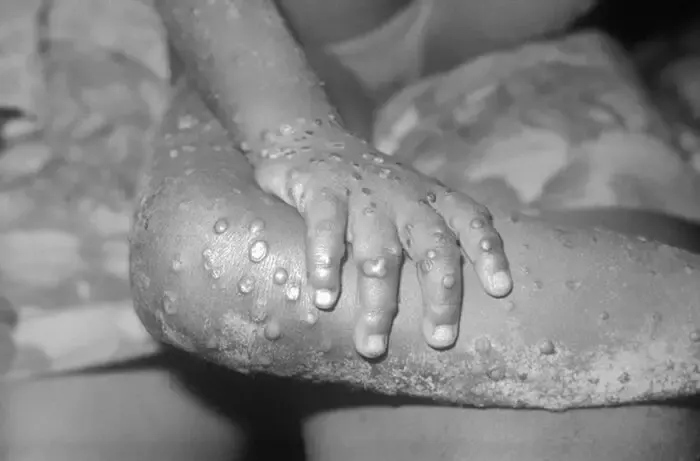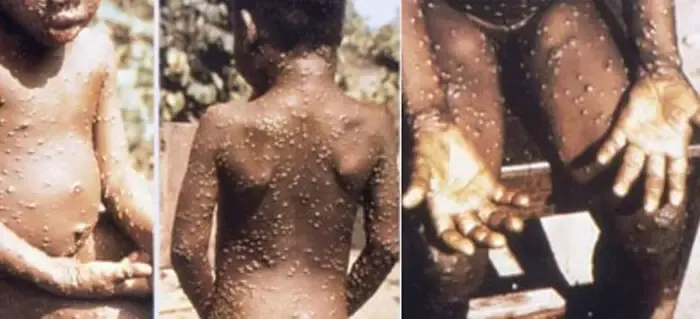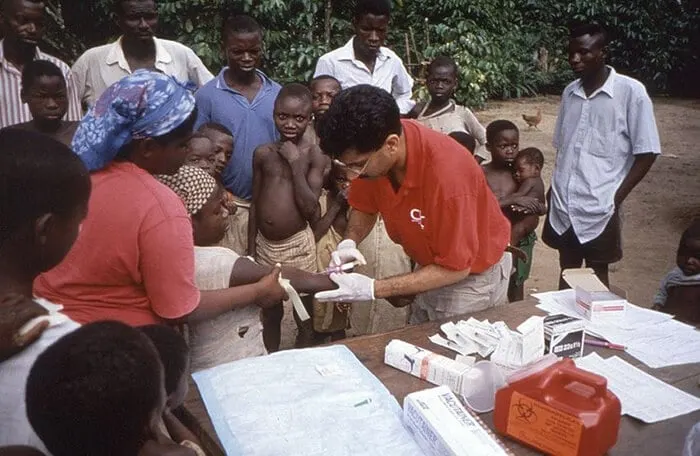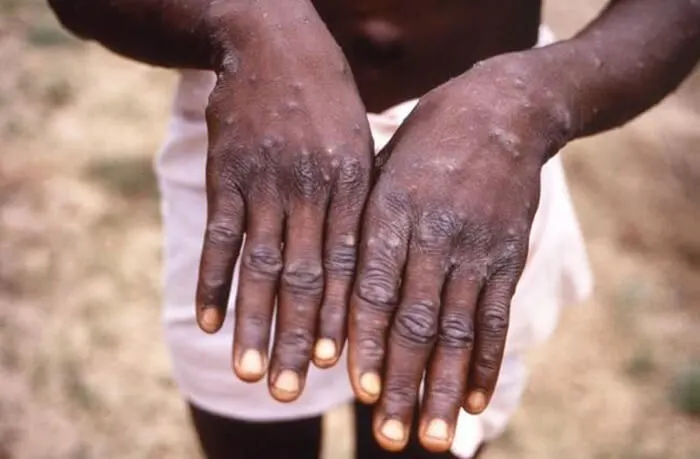A new threat to the health and safety of the public has been sweeping newspaper headlines.
Although this disease is far from new, it rarely ever makes its way to the US, which is why its appearance is particularly frightening.
The name of this illness is the monkeypox virus.
Typically, this virus is found in the west and central areas of Africa.
However, the past few weeks have seen two separate cases of monkeypox emerging in the United Kingdom.
Though these two reported cases – both confirmed by Public Health England – involved individuals who were not related, both had recently been to Nigeria, and this is likely where they contracted the disease.

Public Domain – Wikimedia Commons
According to Nick Phin, the National Infection Service’s deputy director, the occurrence of two cases in such a short span of time is certainly not the norm, but that there has been a lot of effort into preventing these diseases from spreading further.
The department has been working to reach out to healthcare works and individuals who may have come into close contact with these infected patients in order to give them necessary advice and information.
An outbreak of monkeypox most recently occurred in 2017, but it was primarily confined to Nigeria.
The idea that it may be circulating once more definitely has quite a number of people worried, and rightfully so.
There is a good chance that the virus is still circulating around Nigeria and therefore may infect those who happen to travel there.

By CDC via Wikimedia Commons
Monkeypox is a fairly rare illness, earning its name from when it was originally discovered in 1958 in monkeys.
The first case of human diagnoses of this virus was in 1970. Some of its first symptoms include rashes, a fever, and aches of the muscles.
Monkeypox can be transmitted to humans from animals who have contracted the virus.
It can also be contracted between humans through the air or through bodily fluids.
For most who contract the virus, recovery occurs within a mere few weeks.
Naturally, though, there are instances where this condition can wind up being much more severe, and in some cases, it can even be lethal.
Due to its death rate at of 1 in 10 – or 10% – it is still classified as a serious and dangerous disease.

Public Health Image Library
As of right now, the disease hasn’t exactly begun making its way across the ocean, but keeping an eye out for symptoms is a good idea.
The first signs that you may have contracted the virus are swollen lymph nodes, muscle soreness, headaches, back pain, and fevers.
Typically, the virus also causes a spreading rash that slowly covers the body.
These rashes will become scabs before they disappear.

Public Health Image Library
It’s natural for the public of the UK to be concerned due to the way these infected patients have contracted the disease, especially since they are now back in the UK and have potentially been exposed to many people.
A hospital that currently treats the latest patient’s case has spoken out to say that the patient in question is not a risk to other patients, staff, or any visitors, and that the disease has been contained.
